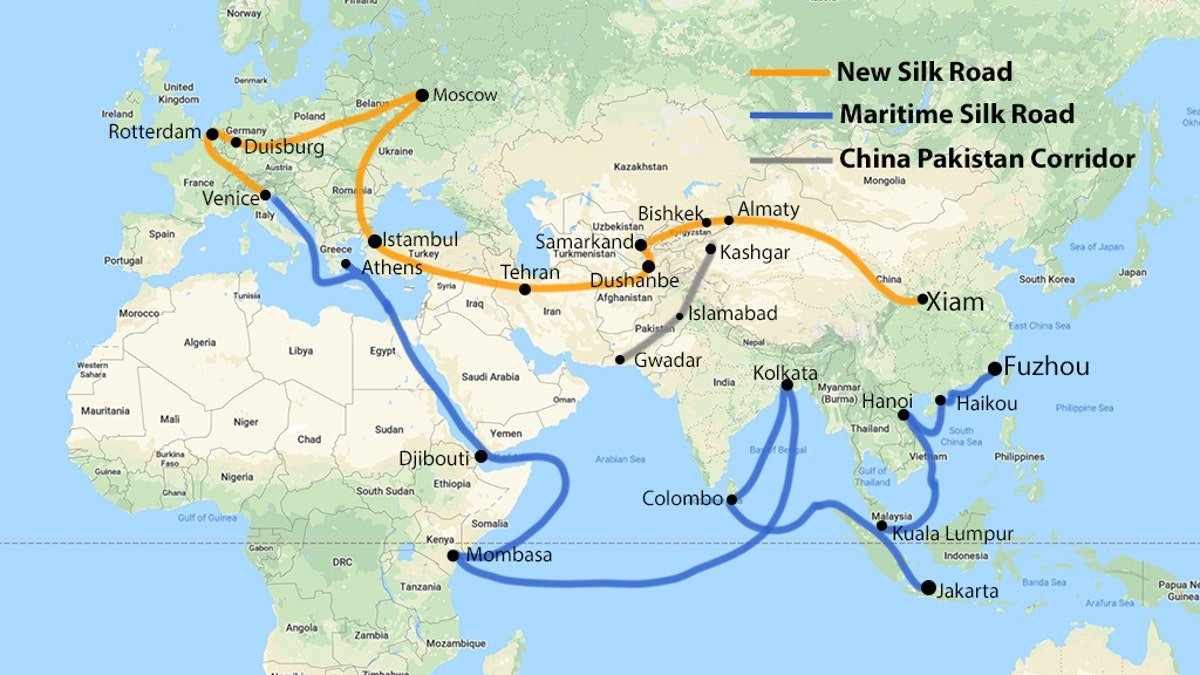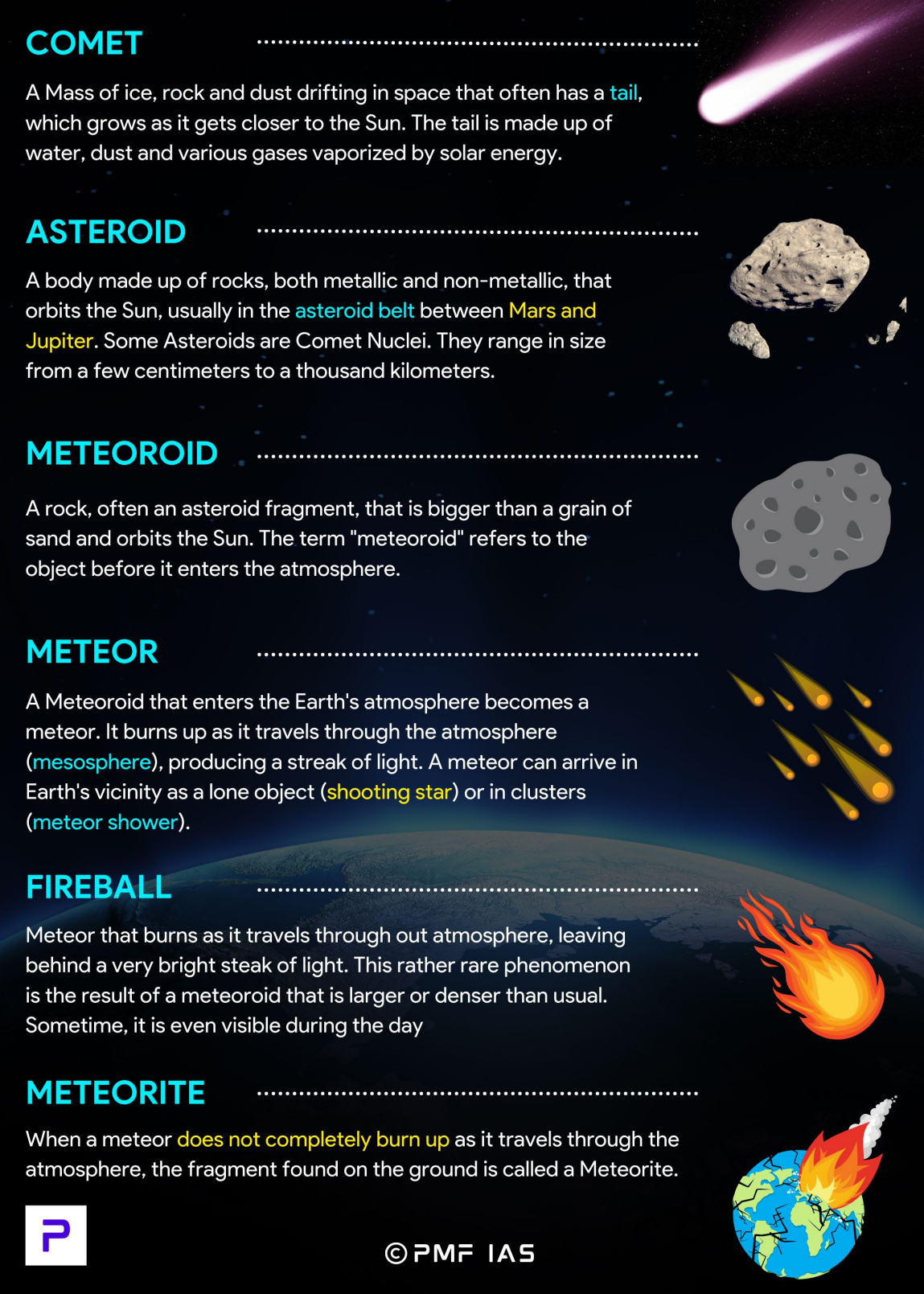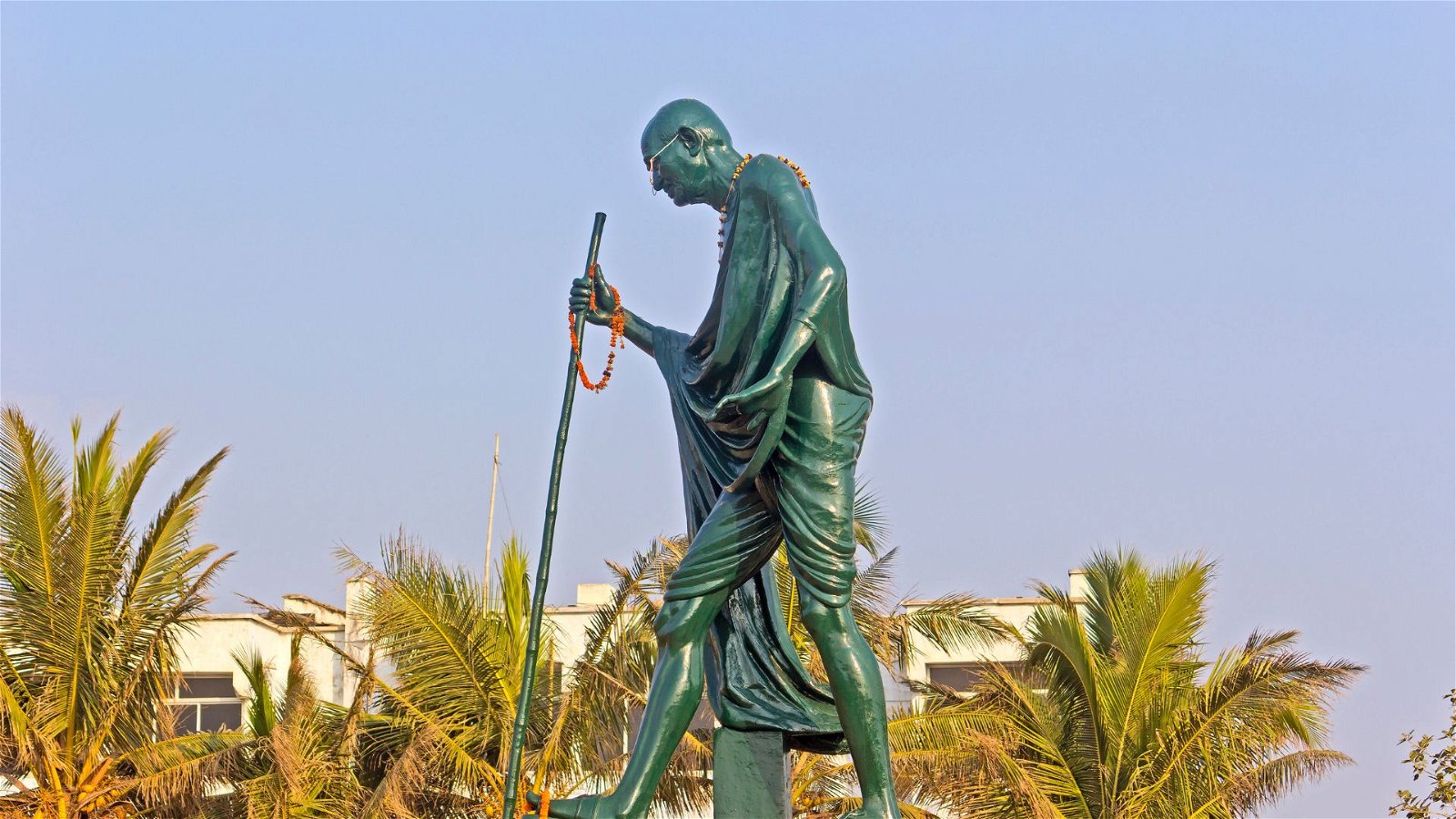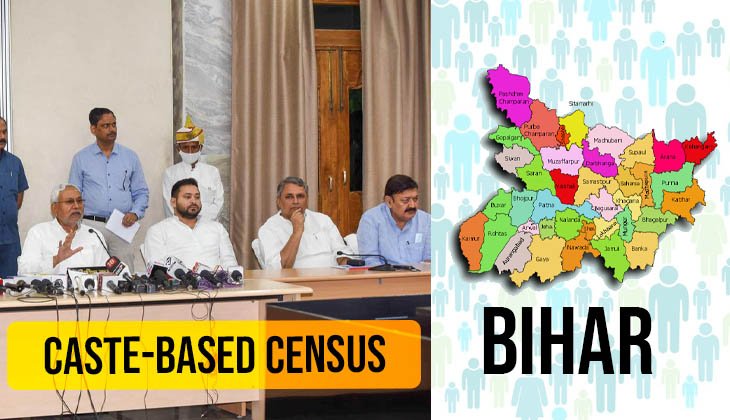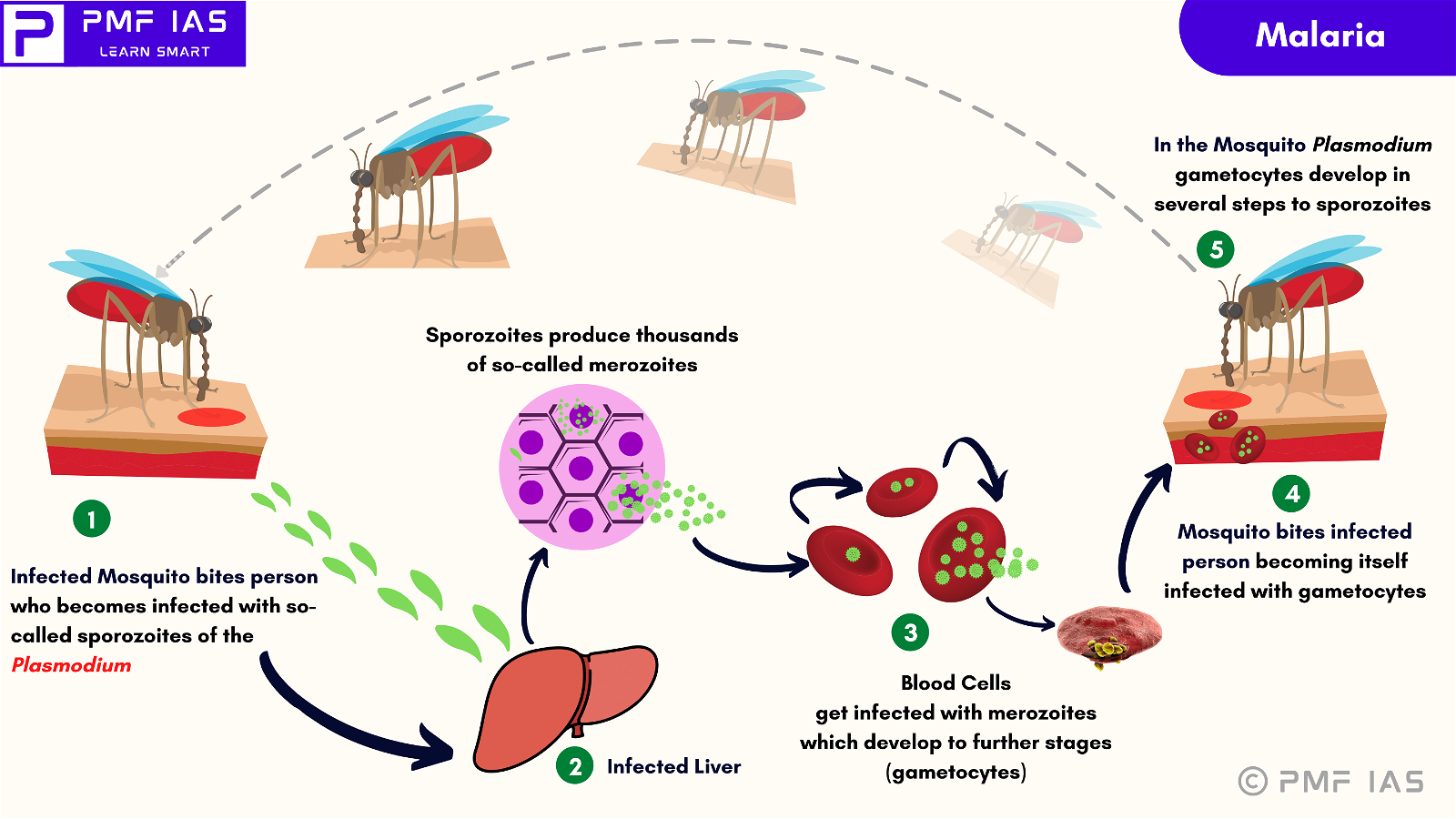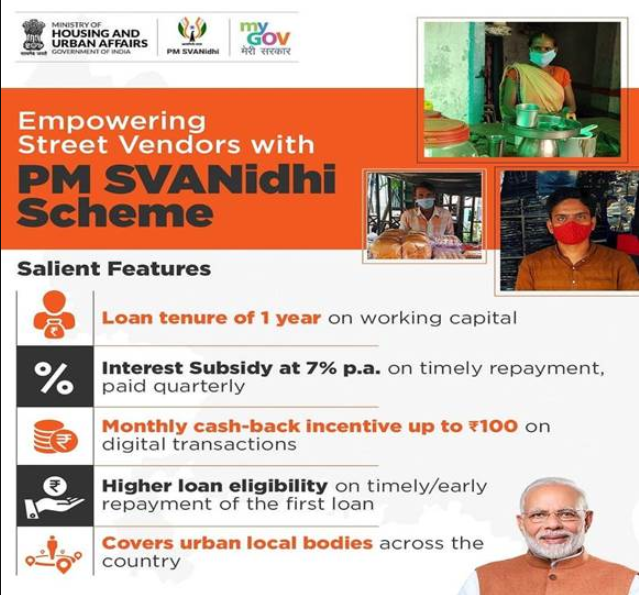
Current Affairs October 17, 2023: China-Pakistan Economic Corridor, Development and Wetland Protection, Indigenous CAR-T Cell Therapy
Subscribers of "Current Affairs" course can Download Daily Current Affairs in PDF/DOC
Subscribe to Never Miss an Important Update! Assured Discounts on New Products!
Must Join PMF IAS Telegram Channel & PMF IAS History Telegram Channel
{GS2 – IR – China-Pakistan} China-Pakistan Economic Corridor
- Context (TH): China and Pakistan will sign agreements related to motorways and highways under the $60 billion China-Pakistan Economic Corridor (CPEC) program.
- The China-Pakistan Economic Corridor (CPEC) is a 3,000-kilometer-long network of infrastructure projects that aims to connect China’s Xinjiang region with Pakistan’s Gwadar Port in Balochistan.
- It is a bilateral project between China and Pakistan to enhance connectivity through:
- Highways
- Railways
- Pipelines
- Various infrastructure developments
- It is part of China’s Belt and Road Initiative (BRI) and was launched in 2015.

Importance of CPEC
- Reduces Transport Costs: CPEC reduces time and costs for transporting goods and energy by avoiding the risky Malacca Strait and the South China Sea.
- Reduce Dependency on Malacca Strait: 80% of China’s oil goes through the Malacca Strait. CPEC offers an alternative route, reducing China’s dependence on this chokepoint.
- Access to Key Regions: CPEC allows China to access West Asia, Africa, and the Indian Ocean through Gwadar Port, enhancing its strategic reach.
- Economic Development: It promotes prosperity in underdeveloped regions like Xinjiang in China and Balochistan in Pakistan through infrastructure projects.
Challenges for Pakistan
- Regional Imbalances: CPEC’s focus on specific areas creating development imbalances in Pakistan.
- Debt Trap: Pakistan’s increasing debt levels from Chinese loans for CPEC projects raise concerns about the country’s ability to repay these loans.
- Environmental Impact: Large infrastructure projects in CPEC may harm the environment, causing issues like deforestation, loss of biodiversity, and pollution.
- Social Implications: Concerns arise about local communities being displaced, traditional livelihoods disrupted, and the potential for increased migration and population pressures.
- Sovereignty Concerns: There are worries about China’s growing influence in Pakistan and how it might affect its sovereignty and independence.
Challenges for China
- Security Concerns: Ensuring the safety of Chinese workers and the region’s stability is challenging.
- Political Opposition: Some political parties and groups have opposed CPEC due to a perceived lack of transparency and concerns about its long-term implications for Pakistan’s sovereignty.
India’s Concerns About CPEC
- Sovereignty Issue: India opposes CPEC because it passes through Gilgit-Baltistan in Pakistan-occupied Kashmir (PoK), a part of J&K. India sees this as an infringement on its sovereignty.
- Recognition of Pakistan’s Claims: India’s recognition of CPEC implies tacit recognition of Pakistan’s claims on Jammu and Kashmir.
- Security Concerns: Improved infrastructure via CPEC may increase the infiltration of terrorists.
Belt and Road Initiative (BRI)
Components of BRI
|
{GS2 – MoRTH – Schemes} Setu Bandhan Scheme
- Context (PIB): The “Setu Bandhan” is an initiative by the Ministry of Road Transport & Highways.
- The scheme focuses on the construction of Rail Over Bridges (ROBs), Rail Under Bridges (RUBs), and Bridges on State Roads under Central Road and Infrastructure Fund (CRIF).
- The primary objective of this program is to enhance road safety.
- It aims to replace existing level crossings with bridges to reduce accidents at these locations.
Central Road and Infrastructure Fund (CRIF)
- The CRIF was set up in 2000 under the Central Road Fund Act 2000.
- The fund comprises a cess levied and the excise duty on petrol and diesel.
- The Ministry of Finance has administrative control over the CRIF, although it was previously under the jurisdiction of the Ministry of Road Transport and Highways.
Central Road Fund Act (Amendment) 2018
- It permitted using the road cess proceeds under CRIF to finance other infrastructure projects.
- It includes waterways, a portion of railway infrastructure, and even social infrastructure such as educational institutions and medical colleges.
{GS2 – Polity – IC – FRs} Right to Equality: Marriage Equality
- Context (TH): The SC, by a 3:2 majority, ruled against legalising same-sex marriage.
- The majority view is that the legislature must decide on bringing in same-sex marriage.
Same-sex marriage judgment
- Same-sex marriage judgment by 3:2 majority:
- No legal recognition of same-sex marriages
- No constitutional/fundamental right to civil unions: Queer persons have the right to choose their own partner but have no right to claim recognition of such a union.
- Queer couples do not have the right to adopt children under the existing law.
- Centre’s high-powered committee to examine concerns of same-sex couples.
- Transgender people have the right to marry.
- The Court, in its minority opinion, held that queer couples have a right to enter civil unions, though they do not have the right to marry under the existing laws.
Highlights of CJI Chandrachud’s minority judgment
|
Background
- Twenty petitions were filed by same-sex couples seeking legal recognition for same-sex marriages.
- These petitions collectively challenged the provisions of the following legislation that do not recognise non-heterosexual marriages:
- Special Marriage Act 1954
- Hindu Marriage Act 1955
- Foreign Marriage Act 1969
- During the hearings, the SC said it would confine the issue to the Special Marriage Act and not touch personal laws.
- The petitioners argued that Section 4(c) of the Special Marriage Act 1954 only recognises marriage between a ‘male’ and a ‘female’ person.
- This discriminates against same-sex and other queer couples by denying them the same marital benefits as heterosexual couples.
- The petitioners argued that the words “husband” and “wife” in the Special Marriage Act be read in a gender-neutral manner as “spouse” or “person“.
- Initially, the Centre opposed the petitions because it was a matter for Parliament to decide.
- Later, the government expressed willingness to consider granting some rights to same-sex couples without legalising their union as marriage.
Centre’s Opposition to the Petition
- The Centre opposed same-sex marriages and argued that marriage inherently requires a union between individuals of opposite sexes (exclusively heterogenous institution).
- Centre argued that:
- Marriage, a socio-legal institution, could only be created, recognised, and regulated by the competent legislative body.
- Courts lacked the authority to create or recognise marriages through judicial interpretation.
- Those seeking marriage equality represented the view of urban elitists, and most people believed that marriage should only be between heterosexual individuals.
- Biological gender defines a person’s gender. “Biological man means biological man. There is no notion.
Gender Fluidity
|
Centre’s willingness to grant some rights to same-sex couples
- The SC had asked if any executive guidelines could be issued so same-sex couples can undertake financial security measures such as opening joint bank accounts, nominating partners in life insurance policies, provident funds, etc.
- The Central Government has agreed to form a committee to examine granting certain legal rights to same-sex couples without legally recognising their relationship as “marriage“.
Case Laws
- In the National Legal Services Authority (NALSA) v. Union of India case (2014), the SC:
- For the first time, SC recognised the third gender.
- Directed the Centre and State to:
- Grant legal recognition for the third gender
- Construct specific social welfare programmes.
- Provide the reservation in education and public employment.
- Ensure there is no discrimination against them.
- In the Navjet Singh Johar case (2018), the SC decriminalised some parts of Section 377 of the IPC that barred even consensual homosexual sex between adults.
Special Marriage Act of 1954 (SMA)
Criticism
|
{GS3 – Envi – Conservation} Development and Wetland Protection
- Context (IE): The National Green Tribunal (NGT) has asked the UP state government to inform about the status of notification of Dhanauri Wetland as a Ramsar Wetland site.
- The order results from a petition seeking a halt to Jewar Airport construction until Dhanauri Wetland protection is granted protection.
- Yamuna Expressway Industrial Development Authority (YEIDA), the land-owning agency, gave a no-objection certificate to declare Dhanauri Wetland a Ramsar Site and Sanctuary.
|
Ramsar Wetland site
- Ramsar Site is a wetland designated internationally important under the Ramsar Convention (or The Convention on Wetlands).
- The Ramsar Convention on Wetlands is an international treaty for “the conservation and sustainable use of wetlands”.
- The convention was signed on the 2nd of February (World Wetlands Day), 1971, in Ramsar (Iran).
- The number of parties is 172. India has been a party since 1982.
- At the centre of the Ramsar philosophy is the “wise use – maintenance of ecological character for sustainable development” of wetlands.
Definition of Wetlands
|
Criteria for Identification of Wetlands under Ramsar Convention
- When a country accedes to the Ramsar Convention, it must designate at least one wetland site as a Wetland of International Importance.
- Any wetland that meets “at least one” of the following nine criteria can be considered internationally important.
- Unique Wetland: Contains a representative, rare, or unique example of a natural or near-natural wetland type found within the appropriate biogeographic region.
- Threatened Species: Supports vulnerable, endangered, or critically endangered species or threatened ecological communities.
- Species Essential for Biodiversity: Supports plant or animal species populations essential for maintaining the biological diversity of a particular biogeographic region.
- Species at Critical Stage of Life Cycles: Supports plant or animal species at a critical stage in their life cycles or provides refuge during adverse conditions.
- Waterbirds: Regularly supports 20,000 or more waterbirds.
- Single species of water birds: Regularly supports 1% of the individuals in a population of one species or subspecies of waterbird
- Indigenous Fish Subspecies: Supports a significant proportion of indigenous fish subspecies.
- Multirole for Fishes: Important food source for fishes, spawning ground, nursery or migration path on which fish stocks, either within the wetland or elsewhere, depend.
- Wetland-dependent Non-avian Animal Species: Regularly supports 1% of the individuals in a population of one species or subspecies of wetland-dependent non-avian animal species.
Significance of Designation of Ramsar Sites
- Biodiversity Conservation: Ramsar Sites are often home to various plant and animal species essential for biodiversity conservation.
- Water Purification: Wetlands (riparian buffers) act as natural filters, improving water quality by trapping sediments and pollutants.
- Flood Control: Wetlands serve as natural buffers against flooding, as they can absorb excess water during heavy rains and gradually release it.
- Climate Change Mitigation: Ramsar Sites store large amounts of carbon dioxide.
- Sustainable Resource Use: By promoting sustainable use of wetlands, Ramsar Sites can support activities like fishing, agriculture, and forestry while ensuring the long-term health of these ecosystems.
- Legal Framework: Ramsar designation often leads to legal protections and management.
- For e.g., In India, not all Ramsar Sites are protected under the Wildlife (Protection) Act of 1972, but the Ramsar designation obliges authorities to enhance protection measures.
- Migration Stopovers: Many Ramsar Sites are crucial stopover points for migratory birds.
- Cultural and Traditional Values: Wetlands often hold cultural, spiritual, and traditional values for indigenous and local communities.
- Habitat for Endangered Species
- Recreation and Tourism
Development Endangering Ramsar Sites
- Habitat Destruction: Ramsar Sites are often destroyed or degraded to make way for development projects, such as roads, dams, and agricultural land.
- Pollution: Development can increase pollution in and around Ramsar Sites from farms, factories, and sewage treatment plants runoff. This also leads to eutrophication.
- Overexploitation: Natural resources in Ramsar Sites, such as fish, timber, and water, are often overexploited to meet development demands.
- Disrupt Hydrology: Changing land use, like draining wetlands or redirecting watercourses for development, can disrupt a Ramsar wetland’s natural hydrology.
- Invasive Species: Development and associated activities often introduce invasive flora and fauna species to the Ramsar wetlands.
- Climate change: Climate change is a significant threat to Ramsar Sites. Development near wetlands can hinder the wetland’s ability to adapt to changing conditions.
Examples of Indian Ramsar Sites Endangered by Development Activities
|
Facts About Ramsar Sites
|
{GS3 – IE – Taxation} Angel Tax
- Context (IE I TOI): The Central Board of Direct Taxes (CBDT) has instructed its officers to avoid scrutinizing angel tax provisions for Department for Promotion of Industry and Internal (DPIIT) recognized start-ups amidst ongoing notices.
- Angel tax is a tax imposed on the funding received by startups from angel investors.
- This tax is levied when startups receive funding at a valuation higher than its “Fair market value”.
- It is counted as income to the company and is taxed as “income from other sources”.
- The tax was introduced in 2012 under Section 56(2)(viib) of the Income Tax Act, 1961.
- It is to prevent bribes and commissions from being disguised as angel investments to escape taxes.
- Tax Rate: The current rate of angel tax stands at 30.6%.
|
Recent amendments to the angel tax provisions
- Valuation: The government has introduced five different valuation methods for shares. This provides more flexibility to merchant bankers for the valuation of a company. These methods are not available to resident investors.
- Deviations: A 10% tolerance for deviations from the accepted share valuations has been offered.
Budget 2023-24: Changes in Angel tax provision
- The Finance Bill, 2023 proposed an amendment to Income Tax Act, aiming to include foreign investors within its scope, to be considered as income and hence, taxable.
- Both domestic and overseas investors won’t need to pay angel tax when investing in a DPIIT-registered startup.
- Exemptions: In May 2023, investors from 21 countries including the US, UK, and France were exempted from the levy of angel tax for non-resident investment in unlisted Indian start-ups.
- However, countries like Singapore, Netherlands, and Mauritius were excluded from this list.

{GS3 – S&T – BioTech} Indigenous CAR-T Cell Therapy
- Context (DTE): India’s indigenously developed Chimeric Antigen Receptor (CAR)-T Cell Therapy has been approved by the Central Drugs Standard Control Organization (CDSCO).
- Named NexCAR19, it is developed by Mumbai-based Immunoadoptive Cell Therapy Private Limited (ImmunoACT), an IIT Bombay-incubated company.
Types of Treatment for Cancer
- The three major forms of treatment for any cancer are
- Surgery (removing the cancer)
- Radiotherapy (delivering ionising radiation to the tumour)
- Systemic therapy (administering medicines that act on the tumour).
Systemic Therapy
- Systemic therapy involves administering medicines that act on the tumour.
- Its earliest form was chemotherapy, which uses powerful chemicals to kill fast-growing cancer cells.
- It has modest response rates and significant side effects.
- The next stage of the evolution of systemic therapy was immunotherapy (or targeted agents).
- Immunotherapy uses drugs to boost the immune system and help the body destroy cancer cells.
- It has fewer side effects but is effective only against tumours expressing these targets.
- A new advance in systemic therapy is CAR T-cell therapy.
Chimeric Antigen Receptor (CAR)-T Cell Therapy

Source: National Cancer Institute
- Unlike chemotherapy or immunotherapy which uses injectable or oral medication, CAR T-cell therapies use a patient’s own cells.
- In CAR T-cell therapy, the patient’s blood is drawn to harvest T-cells (immune cells that play a significant role in destroying tumour cells).
- T cells are genetically engineered by introducing DNA into them to produce chimeric antigen receptors (CARs) on the surface of the T cells. After reengineering, T cells are called “CAR T cells”.
- CAR T cells are then multiplied and infused into the patient.
|
T cells
Source: ScienceFacts.net |
Significance of CAR-T Cell Therapy
- More Effective: CAR T cells are more specific and directly activate the patient’s immune system against cancer. This is why they’re called ‘living drugs’.
- Long-Term Remission: It can produce long-term remission, even for those with advanced or relapsed cancer. This is because CAR T cells remain in the body and can continue to attack cancer cells.
- Lesser Side-Effects: CAR-T cells are engineered to target cancer cells that express a particular antigen specifically. This precision minimises damage to healthy cells.
- Customised Treatment: CAR-T cell therapy can be customised for each patient.
- Treatment for Previously Incurable Cases: CAR-T cell therapy has provided hope for cancer patients previously considered incurable.
Concerns With CAR-T Cell Therapy
- Cytokine release syndrome (CRS): CRS is an inflammatory response that can occur after CAR T cell therapy. In severe cases, CRS can lead to organ failure and death.
- Neurotoxicity: It is a range of side effects that can affect the nervous system. These side effects can range from mild (such as headache and confusion) to severe (such as seizures and coma).
- Low blood cell counts: It can lead to a decrease in blood cell counts, including red blood cells, white blood cells, and platelets
- Infection Risk: It may weaken the immune system, making the patients more susceptible to infections.
- Attack healthy tissues: CAR-T cells may mistakenly attack healthy tissues and cancer cells.
{GS3 – S&T – Space} Fast Radio Bursts and Neutron Stars
- Context (TH I WION): Fast Radio Bursts (FRBs) are powerful yet fleeting electromagnetic radiation emissions seen in radio-wave frequencies.
- Their existence is usually for a very short period of time, appearing once, while some reoccur.
- These bursts come from far-off galaxies, and in a millisecond, they can emit as much energy as our Sun does over several weeks.
- The exact source of FRBs is still under scientific scrutiny and remains unconfirmed.
- The leading hypothesis is neutron stars, specifically magnetars, could produce certain FRBs.


Neutron stars
- Neutron stars are composed mainly of neutrons and are produced after a supernova, forcing the protons and electrons to combine to produce a neutron star.
- A neutron star is very dense (a mass of three times the Sun can be fit in a sphere of just 20km in diameter). If its mass is any greater, its gravity will be so strong that it will shrink further to become a black hole.
- Magnetars: They are neutron stars with extremely strong magnetic fields, and these have been observed to emit FRBs.
|
For more info: Star Formation Stellar Evolution or Life Cycle of A Star (PMF IAS)

{Prelims – Envi – Species} Watermeal
- Context (IT): Watermeal may become food and oxygen source for astronauts.

- Watermeal is the Earth’s smallest flowering plant.
- It is even smaller than its relative duckweed.
- Distribution: It is mainly found in Thailand and other Asian countries.
- Habitat: It is a rootless, stemless plant that floats on bodies of water.
- Significance: It is a prolific producer of oxygen and a rich source of protein.
- Uses of watermeal:
- Nutritious food for humans and animals
- Water filtration
- Biofuel production: It can produce biofuels like ethanol and biodiesel.
- Bioremediation: It can clean up contaminated soil and water.
- Space-based agriculture
{Prelims – In News} International Olympic Committee session
- Context (TH): The 141st International Olympic Committee (IOC) session officially started in Mumbai.
- This is only the second time in history that an IOC Session has been held in India.
- India hosted the session for the first time in 1983.
- The IOC Session is held at least once every year.
- Nita Ambani is an IOC member from India since 2016.
- Key decisions by the IOC during the session:
- Five new sports were added to the 2028 Los Angeles (LA) Olympics.
- Amendments to the Olympic Charter
- Full recognition given to the International Federation of American Football (IFAF).
- India’s interest in hosting the 2036 Olympics is expressed.
Five new sports
- The IOC approved five sports for the 2028 Los Angeles Olympics.
- Cricket (T20 format)
- Squash
- Baseball/softball
- Lacrosse
- Flag football
- Cricket will make its return to the Olympics after a 128-year absence. The sport was last played in the 1900 Paris Olympics, where England faced off against France.
- Baseball/Softball: Diamond-shaped field sports, previously played in the 2021 Tokyo Olympics.
- Lacrosse: The oldest contact team sport in North America, played in past Olympics.
- Flag football: A variant of American football, making its Olympic debut.
- Squash: Racket-and-ball sport, debuting in the 2028 LA Olympics.
Amendments to the Olympic Charter
- During the session, the IOC changed the Olympic Charter to enhance its human rights commitments.
- The amendment to rule 40 ensures that all participants in the Olympic Games, including athletes and team officials, have the freedom of expression, aligning with Olympic values and principles.
International Olympic Committee (IOC)
|
{Prelims – PIN World – South America} Amazon River
- Context (TP I TH): The Negro River, the Amazon’s second largest tributary, reached its lowest level since official measurements began near Manaus 121 years ago.
- The Amazon River is the largest drainage system in the world in terms of the volume of its flow and the area of its basin.
- It is the second-longest river in the world.
- It originates in the Peruvian Andes and drains into the Atlantic Ocean.
- It traverses Brazil, Peru, Colombia, Bolivia, Ecuador, Venezuela, and Guyana.
- It produces about 20% of the world’s freshwater flow into the oceans.
Amazon Rainforest
|
{Prelims – S&T – Defence} Iron Beam: Israel’s Laser-Based Missile Defence System
- Context (TOI): Israel is testing its latest laser-based missile defence system, the Iron Beam.
- This system is a directed-energy weapon air defence system that emits powerful light beams that can intercept various threats, including rockets, drones, artillery, shells, etc.
- It has an operational range of up to 7 km (4.3 miles).

Advantages of Iron Beam Defence System
- Unlimited ammunition if there is a continuous energy supply.
- Significant cost savings due to the absence of conventional ammunition.
Disadvantages of the Iron Beam Defence System
- Effectiveness is reduced in limited visibility, cloud cover and wet conditions.
- Requires direct line of sight with the target.
- A slower rate of fire needs about five seconds to transmit enough energy to destroy a target.
{Prelims – Sci – Bio – Diseases} Cancer: Permeability Glycoprotein
- Context (TH): Scientists have investigated the resistance of some cancer cells to a drug called Taxol.
How Anti-cancer Drugs Work to Cure Cancer
- Cancer is a group of diseases involving abnormal/uncontrolled cell growth and division with the potential to spread to other parts of the body.
- Anti-cancer drugs, i.e. chemotherapeutic agents, work by stalling or blocking this proliferation.
- When cancer cell division is arrested, it triggers apoptosis (or programmed cell death).
- Chemotherapy eliminates cancer cells without affecting non-dividing non-cancerous cells nearby.
- But chemotherapy affects many normal cells that are dividing (like cells in the digestive tract, bone marrow, and hair follicles), which also suffer apoptosis.
- This unwanted cell death causes side effects of chemotherapy, such as oral cavity and gut inflammation, nausea, diarrhoea, anaemia, and hair loss.
Antibody-Drug Conjugates (ADCs)
- ADCs are used to fight the side effects of chemotherapy.
- It is a drug attached to an antibody targeting a protein found only in cancer cells.
- This way, the antibody guides the chemotherapeutic drug to the cancer cells.
- This helps the non-cancer cells to bypass chemotherapeutic drugs.
Permeability Glycoprotein (P-gp)
- P-gp is a toxin removal protein causing anti-cancer drug resistance.
- It is found in many different types of cells, including cancer cells.
- When cancer cells overexpress P-gp, they can pump out anti-cancer drugs along with toxins.
- So, the drugs can not accumulate to levels that trigger apoptosis of cancer cells.
- This can make the cancer cells resistant to the drugs and make treatment more difficult.




![PMF IAS Environment for UPSC 2022-23 [paperback] PMF IAS [Nov 30, 2021]…](https://pmfias.b-cdn.net/wp-content/uploads/2024/04/pmfiasenvironmentforupsc2022-23paperbackpmfiasnov302021.jpg)
